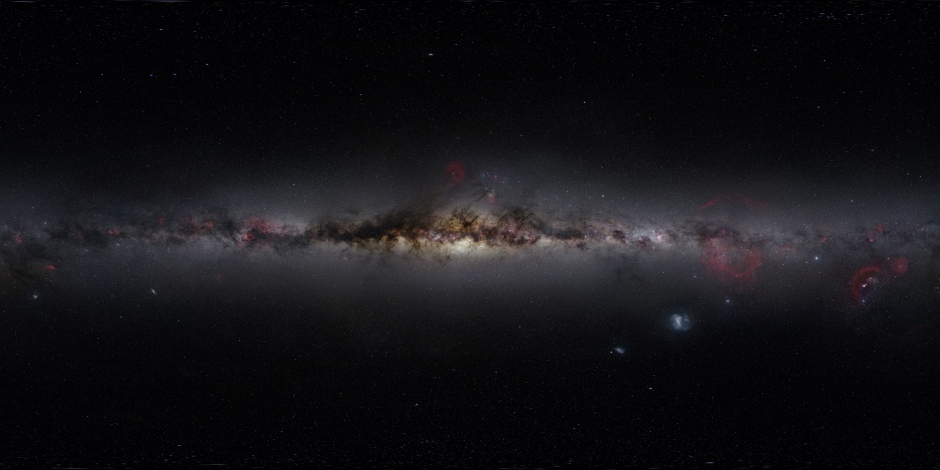What is a galaxy?
Galaxies are huge collections of gas, stars, dark matter, and (of course) planets. Indeed, they are the universe’s machines for turning gas into stars. We live on a planet orbiting one of these stars, so galaxies are also the universe’s machines for enabling life (as far as we know).
Why should you care?
We are wound up in the the history of one of these galaxies: the Milky Way. So, to better understand how we got here, it helps to understand how the Milky Way got here. Just as biologists study biological evolution, astronomers like me study galaxy evolution to clarify our galaxy’s place in the cosmos — and thus our own.
What’s the problem?
How do these machines turn gas into stars? Don’t worry if you don’t know: no one does (at least not completely). Despite cataloging millions of galaxies from here to as far back as we can see, we astrophysicists are still struggling to determine how galaxies turn (or fail to turn) gas into stars. This is true on both small and galaxy-wide scales, and addressing this problem is what I (and a lot of other astronomers) work on every day.

Our home: the Milky Way galaxy. Blue regions and red knots highlight places where gas is being converted into new stars. (Image: Nick Risinger/Photopic Sky Survey)
Love what I’ve read so far, you make the subject actually understandable!
LikeLiked by 1 person
Thanks Karen! So glad you came to check-out the site!
LikeLike